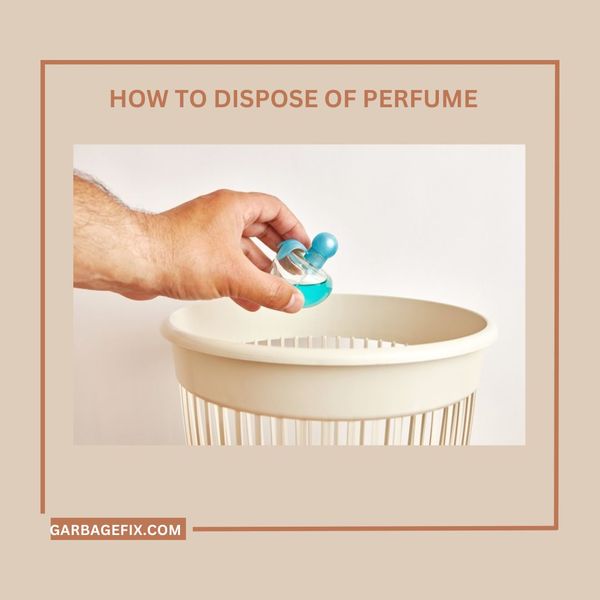Fat, grease, oil, and grit from food and soap gradually build up in the kitchen drain, signaling that it is full. Don't panic if your drain is clogged; this comprehensive guide will explain exactly what to do to clear it and, more importantly, to take preventative measures so that you can stop it from happening again.
How To Unclog A Grease-Clogged Drain?
The collection of grit and food scraps is the most common cause of a clogged kitchen sink drain. Various dietary items are more prone than others to clog a drain. Oils, fats, grease, and flour are all included.
Exactly Where Does Grease Originate?
The following elements are mostly the main causes of grease.
Food
Meat, cheese, grains, coffee grounds, vegetables , and eggshells cooked in oils all produce grease, fat, and oil as byproducts. Almost anything used in the kitchen increases the risk of a pipe becoming clogged with grease. Oil buildup in the drain pipe can occur even if you're careful about keeping the drain hole clean.

Large Food Particles
The p-trap, a curved pipe found under the sink, can become clogged with large food particles or vegetable peels.
Soap
When used in the kitchen, soaps' animal or vegetable fats function similarly to grease, oil, and fat. The soap grease and residual food grease combine to build a fatty obstruction in your drain that stinks to high heaven. (While fat-free soaps are commonly available, few customers know this.)
Can Drano Be Used To Remove Grease?
Drano Kitchen produces a lot of heat, quickly melting the blockage of grease at the pipe's base.
However, it is crucial to emphasize that a major risk is involved with using Drano, especially when it's strong enough to dissolve a clog of fatty buildup.
It could be hazardous if Drano mixture comes into contact with your skin or eyes. Inhaling the gases could injure your respiratory system.
As a result, using Drano to remove a grease-clogged drain should be a last resort.
So, let's look at the most basic and safe methods and tricks for clearing a grease blockage in your drain.

Combine Baking Soda And Vinegar
Fill The Drain With Boiling Water
If your home plumbing system is made of metal pipes rather than plastic, you might manually try flushing it out with hot water to eliminate grease blockage. We wouldn't recommend trying it if you had plastic pipes because the connectors could easily melt.

Liquid Dish Soap With Hot Water
Works on most Grease clogs or fat-clogging pipes. If your kitchen sink drains slowly, you could try this.
DIY Method
- Boil 2 liters of water , then add multiple tablespoons of dishwashing liquid, such as natural products.
- After you've dumped the practically boiling water down the clogged drain, flush the system with hot water from the faucet.
- More than one pot of detergent and boiling water may be necessary.
The Reason It Works: The hot water and dish detergent dislodge the fat and grease in the pipes. The clog-causing accumulation has been removed, and water may now flow freely through the pipes, thanks to this useful cleaner cocktail.
A Concoction Of White Vinegar And Boiling Water
If boiling water is not working to clear a clogged drain, a solution of vinegar and warm water may be more effective.
White vinegar from your pantry will suffice. Mix equal parts vinegar and hot water in a basin until fully combined.
The remedy is as simple as flushing it down the drain. After pouring the mixture down the drain for a while, flush it with hot water to clear the clog. If your pipe is plastic, do not attempt this!
It is hoped that One can remove the grease plug this time. If you are still dissatisfied with the outcome, you should repeat the procedure several times.
You Might Need A Plunger
Push down firmly on the plunger over the drain. With a gentle grasp, lift vertically. Please press and pull one more to emphasize this point. Adding water to the sink, toilet, or tub creates suction, which helps the plunger do its job more efficiently.

CO2 Drain Canon
If you feel you need more force to clear your drain pipe, you can use CO2 compressed air or a CO2 drain cannon. It loosens the obstruction and flushes the debris away. You should think about this after you've tried the first suggested options. If the grease clog in your drain persists despite your best efforts, it is likely because the obstruction is too solid and stubborn to be removed by any of the aforementioned methods.
A carbon dioxide drain cannon or similar device powered by compressed air would work wonderfully here. You can get one at any of the local plumbing stores if you don't have one already. The grease clogging your drain is so stubborn that it can only be dismantled by applying considerable pressure. Compressed air is used by this tool to break through any obstruction and clear the drain.
Conclusion
The reasons for clogged drains are discussed in detail in this article, as is the process for unclogging a clogged drain. Clearing a clogged drain and removing oil from your sink are both time-consuming and unpleasant tasks. With this information, you may be able to tackle this difficult circumstance on your own.









